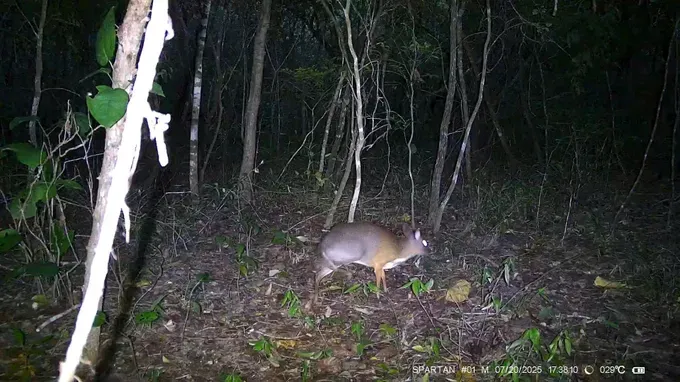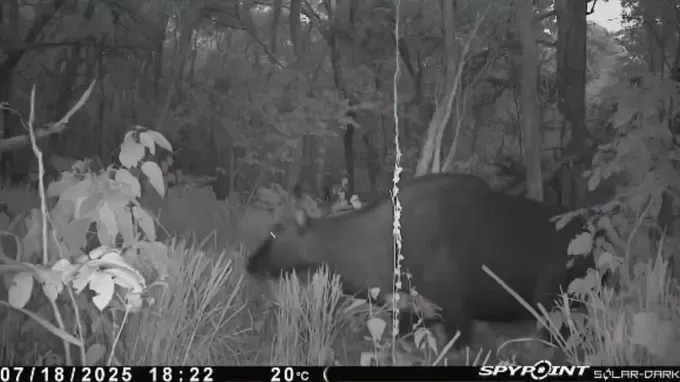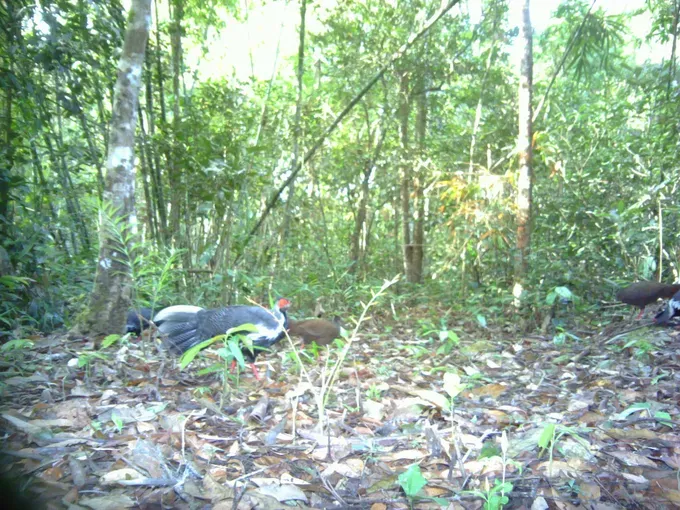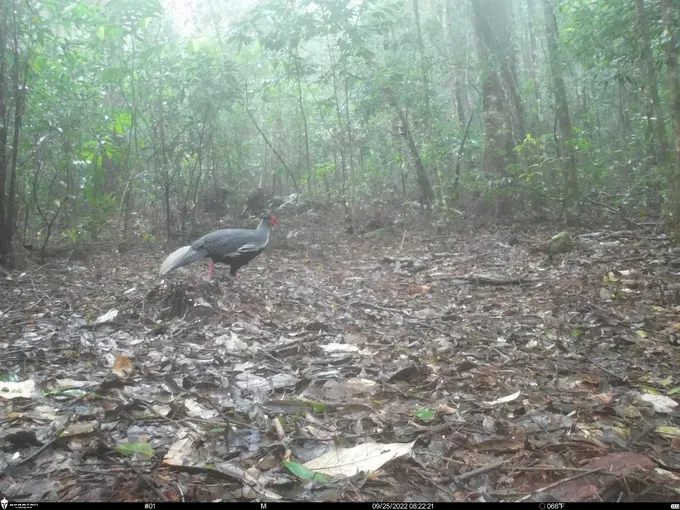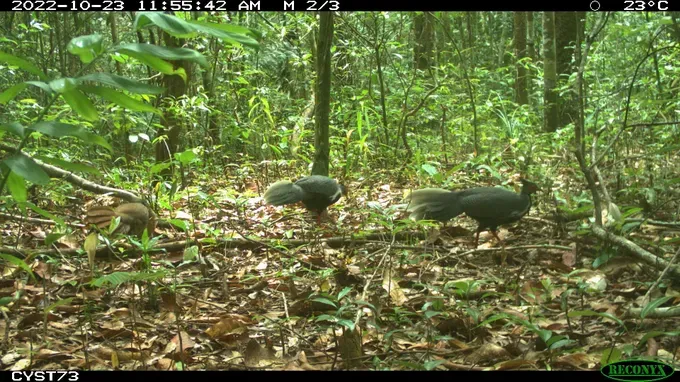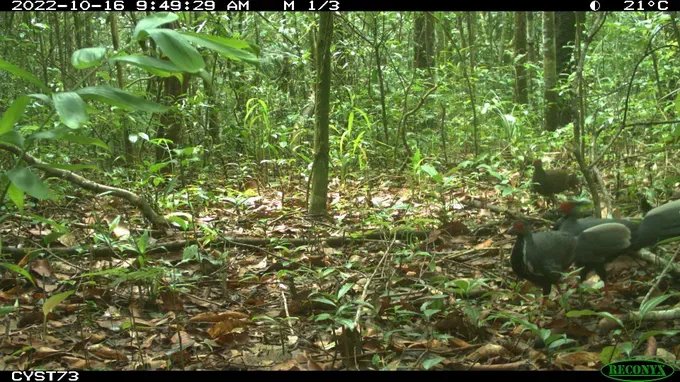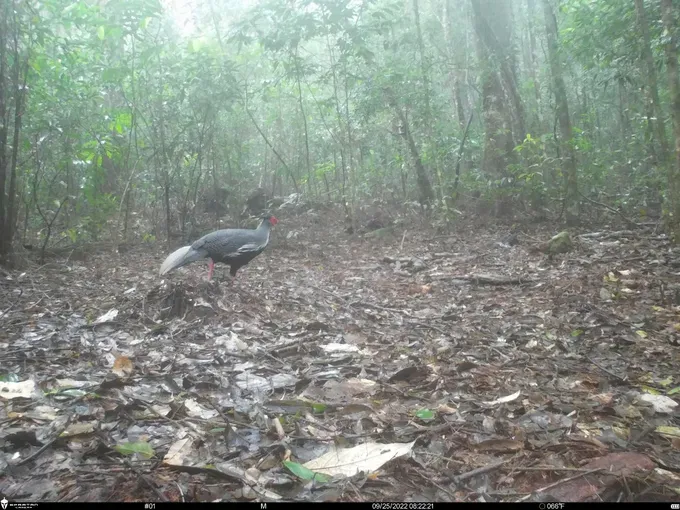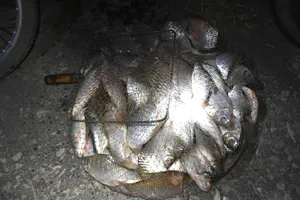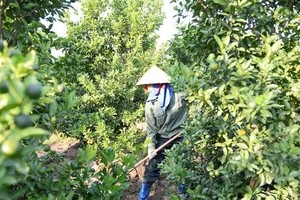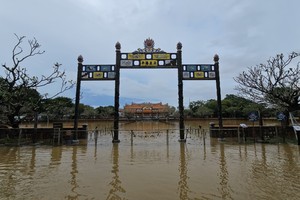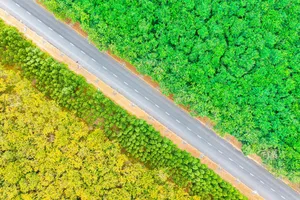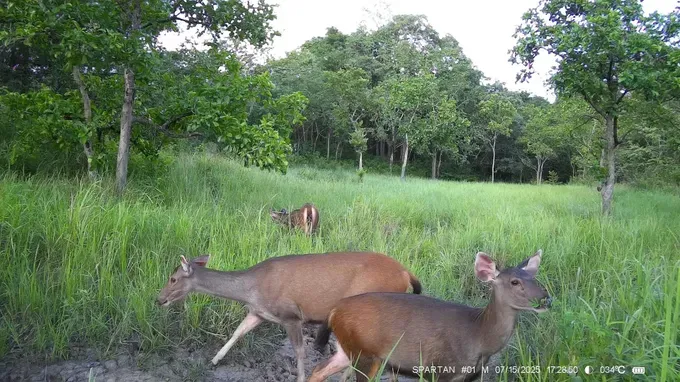
The findings, released by Director Le Minh Tien of Ea So Nature Reserve, highlight the success of conservation efforts in the region.
The survey was a collaboration between Ea So Nature Reserve and the Center for Nature Conservation and Development. Over two months of fieldwork, researchers used camera traps to document wildlife in Ea So Nature Reserve and Krong Nang Watershed Protection Forest. The results were remarkable, with a total of 789 vascular plant species recorded. Among these were one critically endangered species, nine endangered species, and eleven vulnerable species.
This discovery underscores the critical importance of protecting Dak Lak's forests as a sanctuary for Vietnam's most vulnerable wildlife. The presence of such a high number of threatened species provides hope for the future of biodiversity in the country.
At Krong Nang Watershed Protection Forest, the team recorded 639 vascular plant species (116 families, 443 genera); 54 reptile and amphibian species (19 families, 4 orders), including 14 species listed in Vietnam’s Red Data Book; 9 mammal species with 6 families and 5 orders, including 2 listed species; and 125 bird species including 17 orders and 45 families with 5 listed in the Red Data Book.
Notably, Ea So Nature Reserve documents several rare animals such as the Lesser Fish Eagle (group IIB) which was rediscovered after more than 20 years, and the Silver-backed Chevrotain (critically endangered), previously recorded only in Khanh Hoa, Ninh Thuan, and Phu Yen provinces.
Meanwhile, Chu Yang Sin National Park in Dak Lak, in cooperation with the Southern Institute of Ecology and the Institute of Life Sciences (under the Vietnam Academy of Science and Technology), also conducted camera-trap surveys. These confirmed populations of rare pheasants, a positive sign showing that this valuable bird species still exists stably in the park. This finding highlights both the persistence of rare wildlife and the effectiveness of ongoing biodiversity conservation efforts in the special-use forests of the region.
